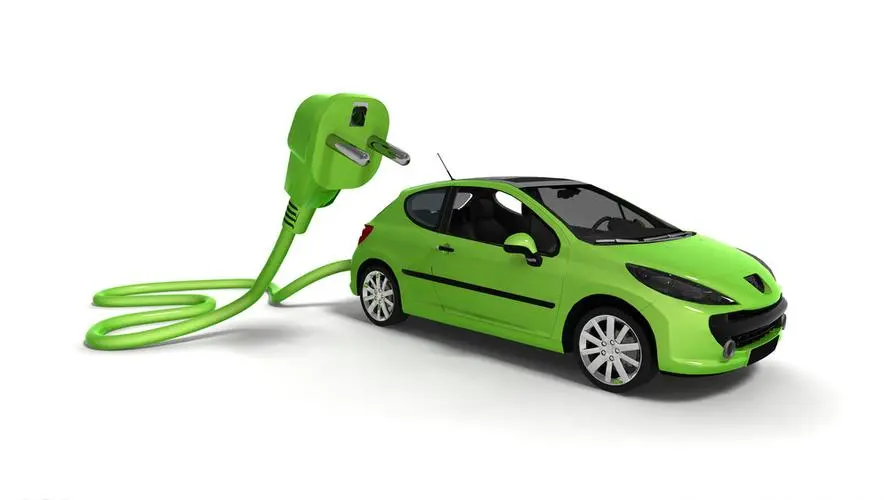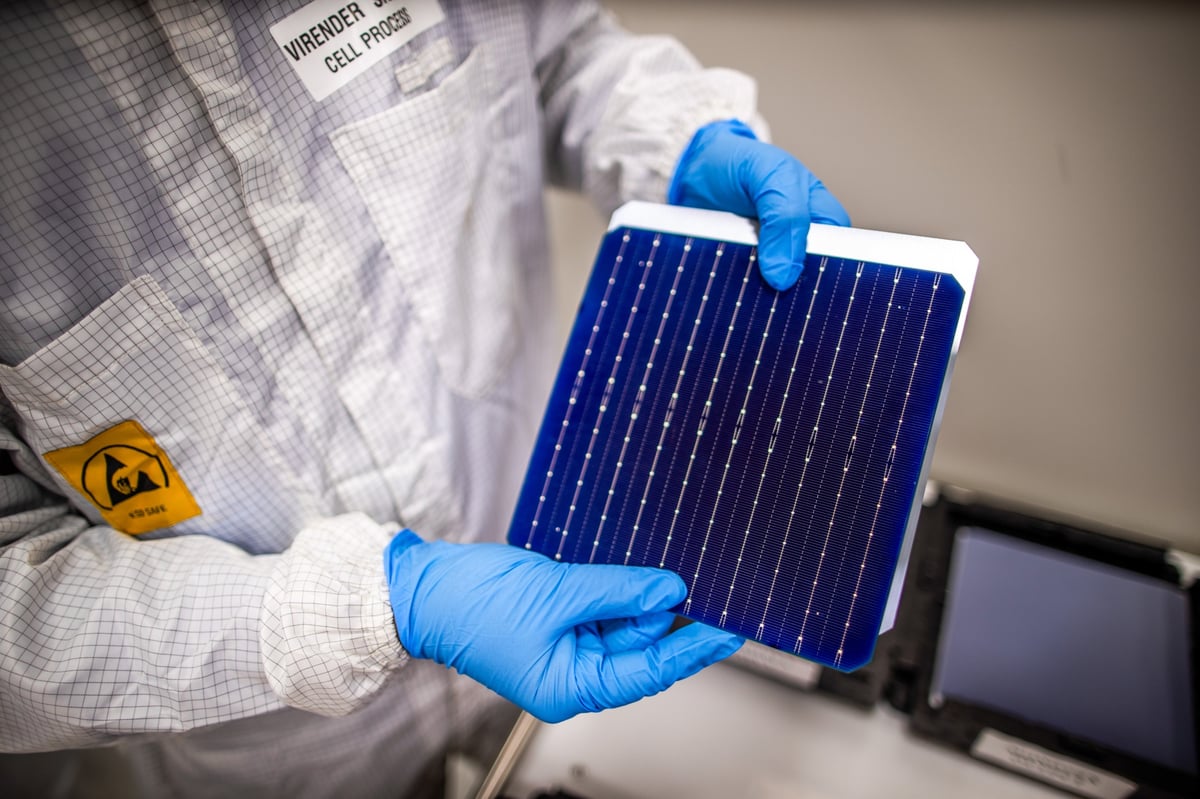Europe’s electrification surge, driven by electric vehicles and heat pumps, is straining the electricity grid. The resulting grid congestion poses challenges, causing delays for companies seeking to install large-scale energy infrastructure. However, Dutch startup Tibo Energy is tackling this issue with innovative solutions.
Digital Twins for Energy Optimization
Tibo Energy, a spinoff from Eindhoven University of Technology, leverages digital twins to optimize energy consumption, generation, and storage. By creating a digital replica of energy assets using real-time data from sensors, Tibo’s advanced software, powered by machine learning, transforms diverse assets like solar panels, heat pumps, and batteries into a unified local smart energy grid.
Efficiency and Cost Savings
As businesses increasingly generate on-site electricity through various assets, managing these assets becomes complex. Tibo’s digital twin software simplifies this by creating a cohesive local smart energy grid. The startup claims this approach allows companies to embrace electrification and renewables without relying on costly grid expansions, leading to energy savings of up to 15% and cost savings of up to 30%.
Investment and Growth Plans
Recognizing the significance of Tibo’s solution, Amsterdam-based SET Ventures and Speedinvest recently invested €3 million in the startup. Tibo plans to utilize this seed funding to expand its sales, marketing, and development teams. The goal is to enhance the product further and drive national and international growth.
Addressing a Growing Need
With 167GW of distributed solar panels added to Europe’s energy mix since 2019, businesses are increasingly adopting renewable assets. Tibo aims to prevent scenarios where inadequate grid infrastructure hinders companies’ energy transition plans. The startup’s technology positions itself as a game-changer, enabling businesses to electrify rapidly while optimizing for both cost and CO2 impact.
In summary, Tibo Energy’s digital twin approach emerges as a promising solution to alleviate grid congestion challenges, facilitating a smoother transition to electrification and renewable energy for commercial and industrial entities.
Source: thenextweb.com




